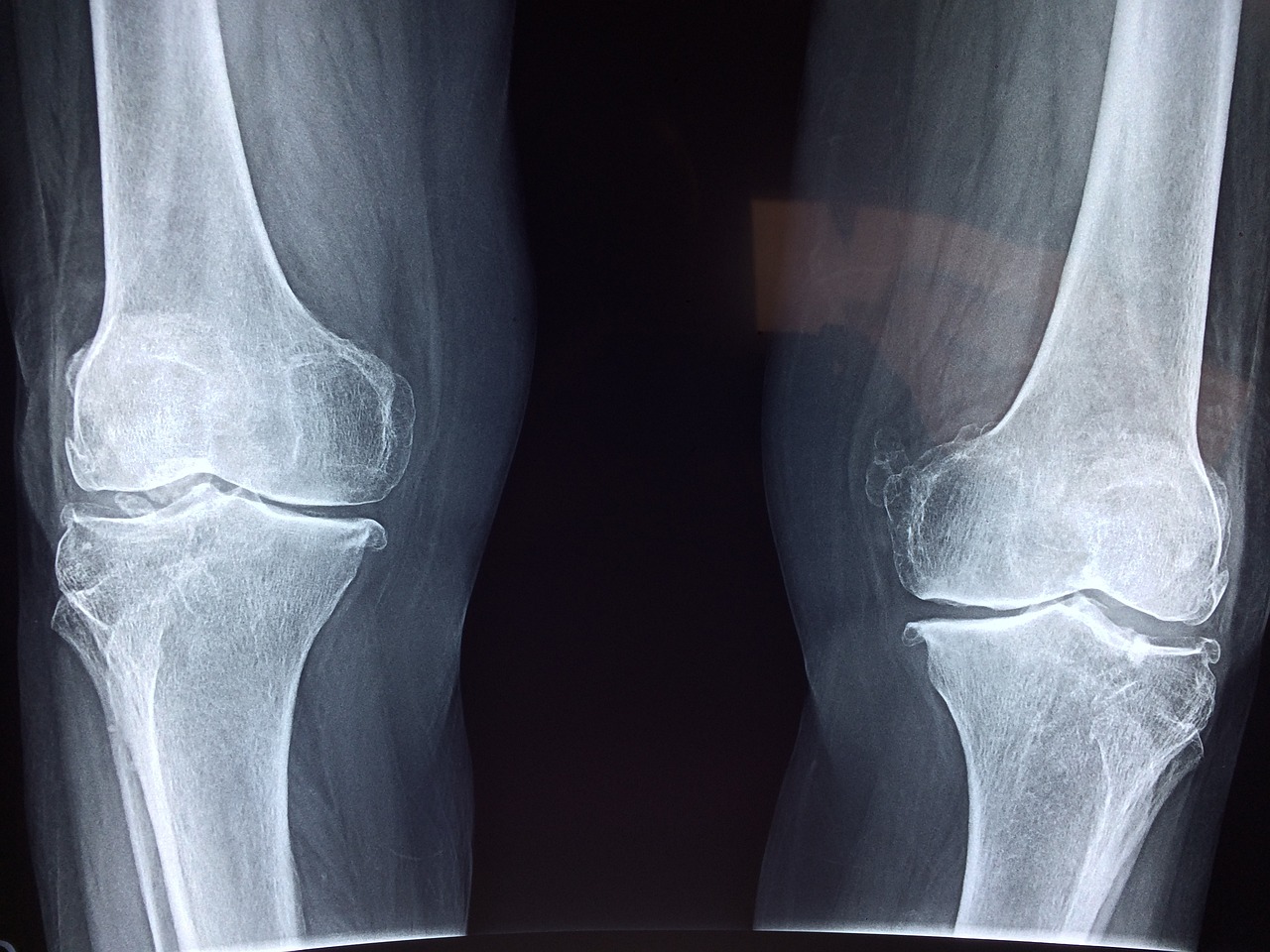There are different types of cancer like lung cancer, testicular cancer, breast cancer and many more. When cancer first starts, it is usually confined to the place where it all started. For example, if a person has testicular cancer, the cancerous cells are initially found only in the testicle region.
However, as time goes on, these cancer cells can spread to nearby organs and even reach the bones (secondary stage). When cancer cells move from their original site to the bones, it’s called bone spread or skeletal metastasis. This can cause the bone to be in pain, or even get fractured. In this article, we’re going to learn more about the types and symptoms of bone spread or skeletal metastasis.

Symptoms and Signs of Bone Spread
There are a couple of signs that indicate that the cancerous cells have spread to your bones. These signs could be:
- A worsen bone pain somewhere at your back, hips or legs
- Bone that breaks easily, even at the slightest injury
- Swollen areas around the bone that have been contaminated with cancerous cells
- Feeling weak, especially in your legs that you find it difficult to walk.
- A feeling of numbness or tingling in your legs or arms
- Trouble moving certain part of the body
Types of Bone Spread
When cancer leaves their original sites and spreads to the bones, it can happen in different ways.
Hematogenous Spread: In the hematogenous spread, cancerous cells travel through the bloodstreams to reach the bones. Once these cells are in the bloodstream, they can move to different parts of the body, in this case, the bones, where they form new tumors.
In addition, there are common sites where cancerous cells can settle after traveling through the bloodstreams. We have the following:
- Spine
- Pelvis
- Ribs
- Long bones like arms and legs
Lymphatic Spread: In lymphatic spread, the cancerous cells move through the lymphatic system, which is part of the body’s immune system. The lymphatic system has several types of vessels and nodes that all help to fight infections. But these cancerous cells can use this system to its advantage to spread to other parts of the body, including the bonds.
Similar to hematogenous spread, the bones mostly affected by lymphatic spread include the:
- Spine
- Pelvis
- Ribs
Direct Extension: This type of spread happens when the cancer begins to spread by growing directly into the nearby tissues or bones that are right next to where the cancer started. It doesn’t travel through the blood or lymphatic system; instead, it just spreads out from its original location into the areas close by. For example, if someone has cancer in their lungs, the cancer might grow directly into the nearby ribs.
What Causes Bone Spread?
The number factor that leads to bone spread is the type of cancer. There are some cancers that are more likely to spread to the bones. These include cancers like breast, prostate, and lung cancer. Secondly, the more advanced the cancer is, the higher the chances of it spreading to the bones. That’s because cancer cells have more access to the bloodstream at that stage.
Furthermore, the bones have a lot going on like blood flow and growth factors, which can make it easier for cancer cells to grow there. Factors like a weakened immune system, aging, and other health issues can also increase the risk of bone spread.
Bottom Line
Bone spread, or skeletal metastasis, is when cancer cells from places like the breast, lungs, or testicles move to the bones. This can cause serious issues like pain, fractures, and trouble moving. This cancer can spread to bones through the bloodstream, the lymphatic system, or by just growing into nearby areas.

















